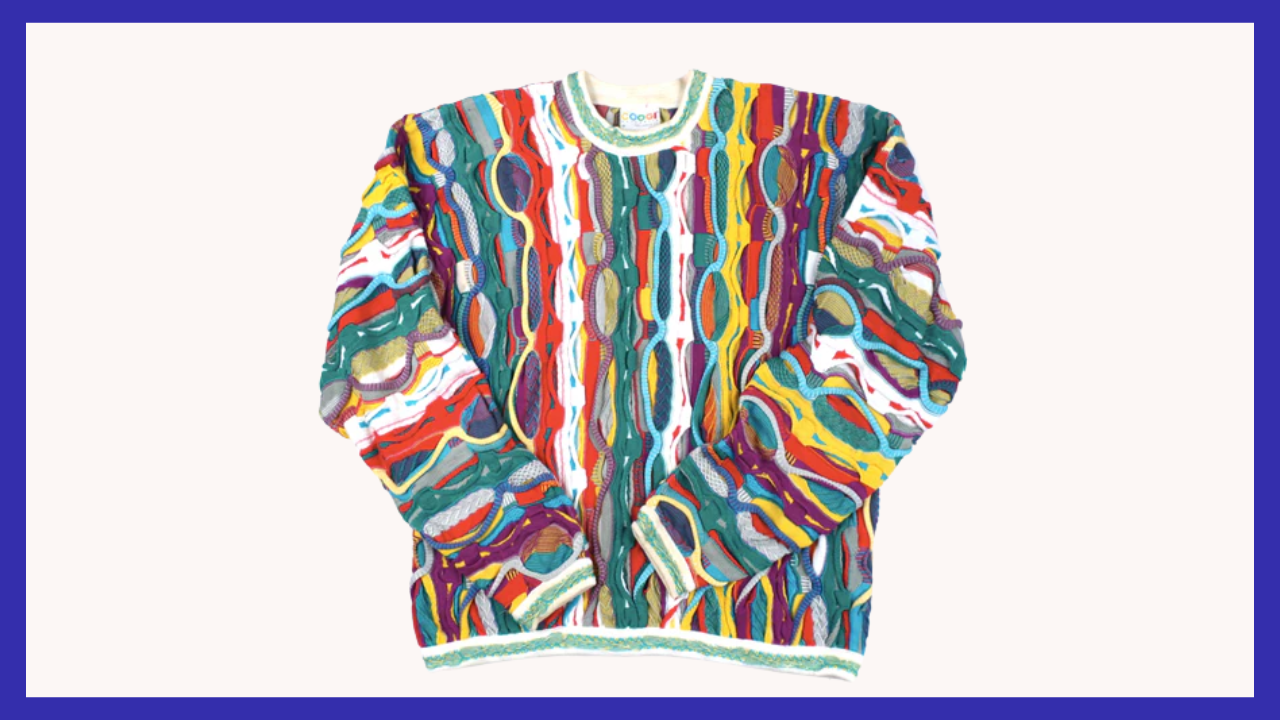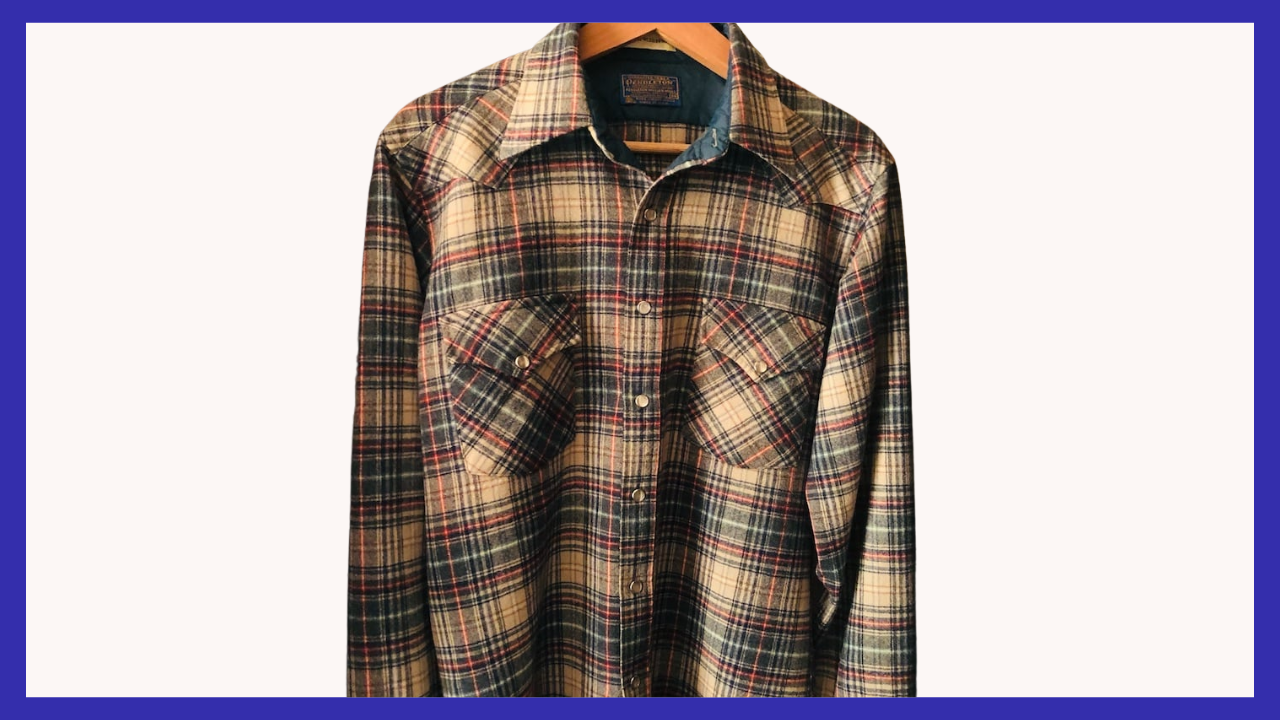AllVintageStyles
The Ultimate Vintage Fashion Encyclopedia
Corset

Tightly-fitted undergarment with lacing and boning, designed to shape the torso and waist through structured construction and later adapted into outerwear fashion.
Quick Facts
- Era: 1880s (peak popularity 1850s-1910s, 1980s revival as outerwear)
- Origin: Europe (Victorian fashion and body shaping tradition)
- Garment Type: Structured undergarment later adapted for outerwear fashion
- Key Identifiers: Back lacing, steel or whalebone boning, waist compression, fitted construction
- Typical Resale Price: $150-$1500 (authentic vintage pieces)
- Best For: Victorian costume collectors, historical undergarment enthusiasts, punk fashion advocates
History & Evolution
Corsets originated from centuries of European tradition for shaping the female torso, reaching peak sophistication during the Victorian era when steel boning and advanced construction techniques created garments capable of dramatic waist reduction and silhouette modification. The style represented Victorian ideals of feminine beauty and moral propriety, requiring complex construction with multiple layers, steel stays, and lacing systems that demanded skilled corsetry expertise. Traditional versions served as essential foundation garments that shaped all other clothing and influenced Victorian social behavior and posture.
The late Victorian and Edwardian periods established corsets as indispensable feminine undergarments when S-curve silhouettes demanded extreme waist compression and bust enhancement through sophisticated engineering. The style became associated with respectability, feminine virtue, and proper Victorian presentation, appealing to all social classes seeking appropriate body shaping for fashionable clothing. Corset manufacturing became major industry with specialized makers producing everything from utilitarian daily wear to elaborate silk evening corsets with decorative details.
The 1980s punk and goth movements revolutionized corset usage by transforming intimate undergarments into bold outerwear statements that challenged conventional fashion boundaries. Designers like Vivienne Westwood and Jean Paul Gaultier elevated corsetry to high fashion while maintaining connections to historical construction techniques. Contemporary fashion continues corset traditions in both undergarment and outerwear contexts, but authentic Victorian pieces offer superior boning quality and construction expertise that reflects centuries of corsetry evolution.
Authentication Tips
Authentic Victorian (1850s-1910s) Features:
- Steel or whalebone boning with proper spacing and corsetry engineering techniques
- Hand-finished construction with silk or cotton thread using traditional corsetry methods
- Quality fabrics including silk, cotton coutil, or linen with appropriate Victorian weave
- Functional lacing with substantial grommets and corset-quality lacing cord
- Period-appropriate construction including bust cups, waist shaping, and hip curves
Common Reproductions/Modern Pieces:
- Plastic or cheap metal boning inappropriate for authentic Victorian corsetry construction
- Machine construction without hand-finished details typical of traditional corsetry craftsmanship
- Modern synthetic fabrics or contemporary weaves not available during Victorian production
- Decorative non-functional lacing or modern grommet systems without corsetry functionality
- Simplified construction without authentic Victorian shaping and engineering techniques
Styling & Use Cases
- Best for Victorian collectors: Display as examples of 19th century undergarment engineering and feminine fashion foundation
- Ideal for historical enthusiasts: Use for period reenactments and Victorian costume presentations with proper historical context
- Perfect for punk fashion: Combine with modern pieces for authentic 1980s alternative fashion and outerwear corset styling
Modern styling tips:
- Approach Victorian pieces with historical respect and understanding of original undergarment context
- Layer outerwear corsets over appropriate base garments for contemporary fashion interpretation
- Focus on quality construction appreciation rather than attempting extreme waist modification with antique pieces
FAQ
Q: How can I tell if a corset is authentic Victorian construction?
A: Check for steel or whalebone boning with proper spacing, hand-finished construction with traditional methods, quality fabrics like cotton coutil with Victorian characteristics, functional lacing with substantial grommets, and period-appropriate Victorian shaping techniques.
Q: What's the typical price range for vintage corsets?
A: Authentic vintage corsets range from $150-1500 depending on age, construction quality, and condition. Victorian pieces with documented provenance or exceptional craftsmanship command premium prices among historical costume and corsetry collectors.
Q: How should I care for a vintage corset?
A: Professional conservation cleaning for antique pieces, store flat with acid-free tissue support to prevent boning stress, handle lacing carefully to preserve historical integrity, and consult textile conservators for valuable Victorian examples due to age and construction complexity.
Q: What makes vintage corsets valuable to collectors?
A: Historical significance representing centuries of feminine fashion foundation and body shaping techniques, superior traditional corsetry construction with steel boning and hand-finished craftsmanship, cultural documentation of Victorian beauty ideals and social values, and extreme rarity of well-preserved examples due to intimate garment usage and age-related preservation challenges.
📷: Fashion History Timeline - Fashion Institute



